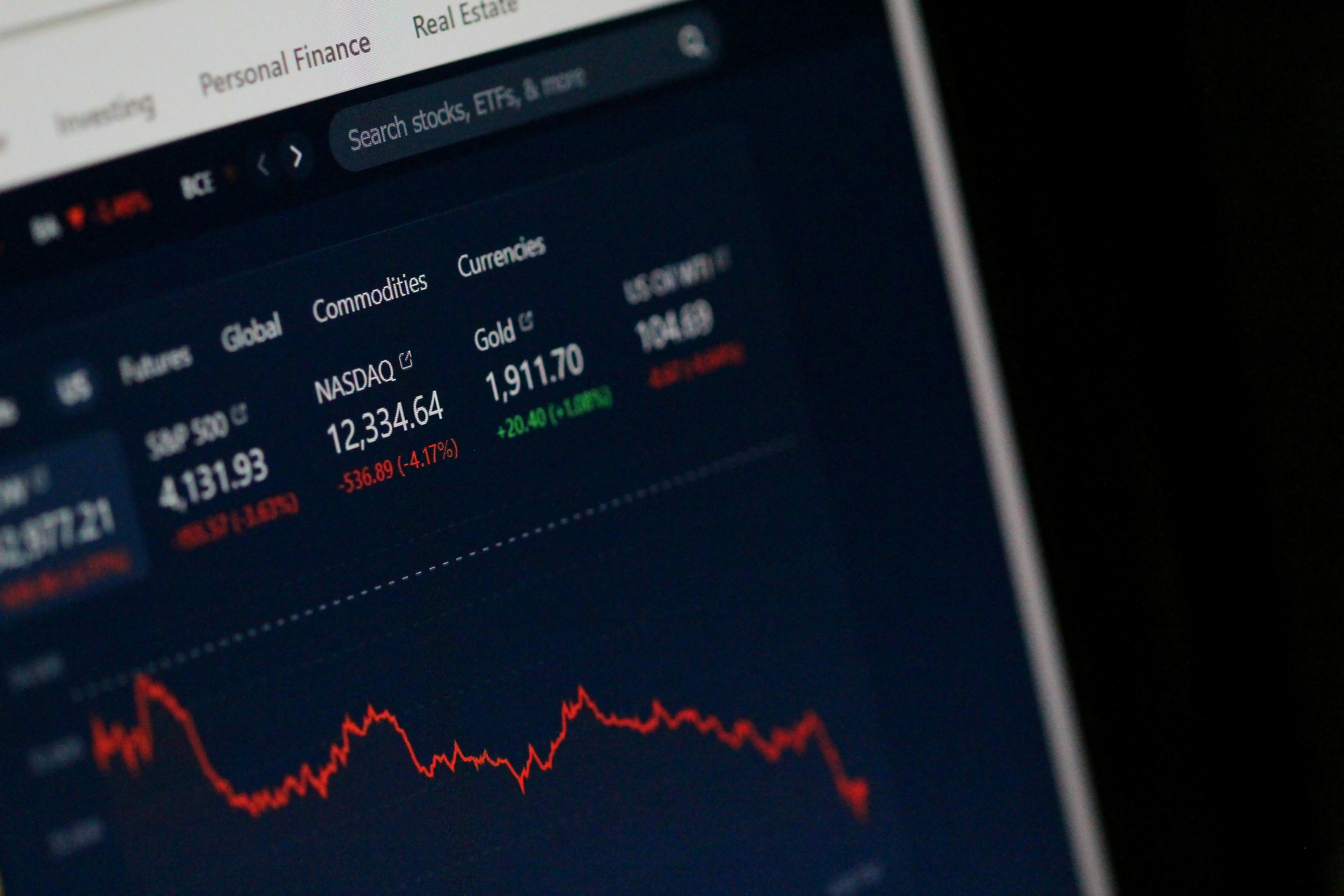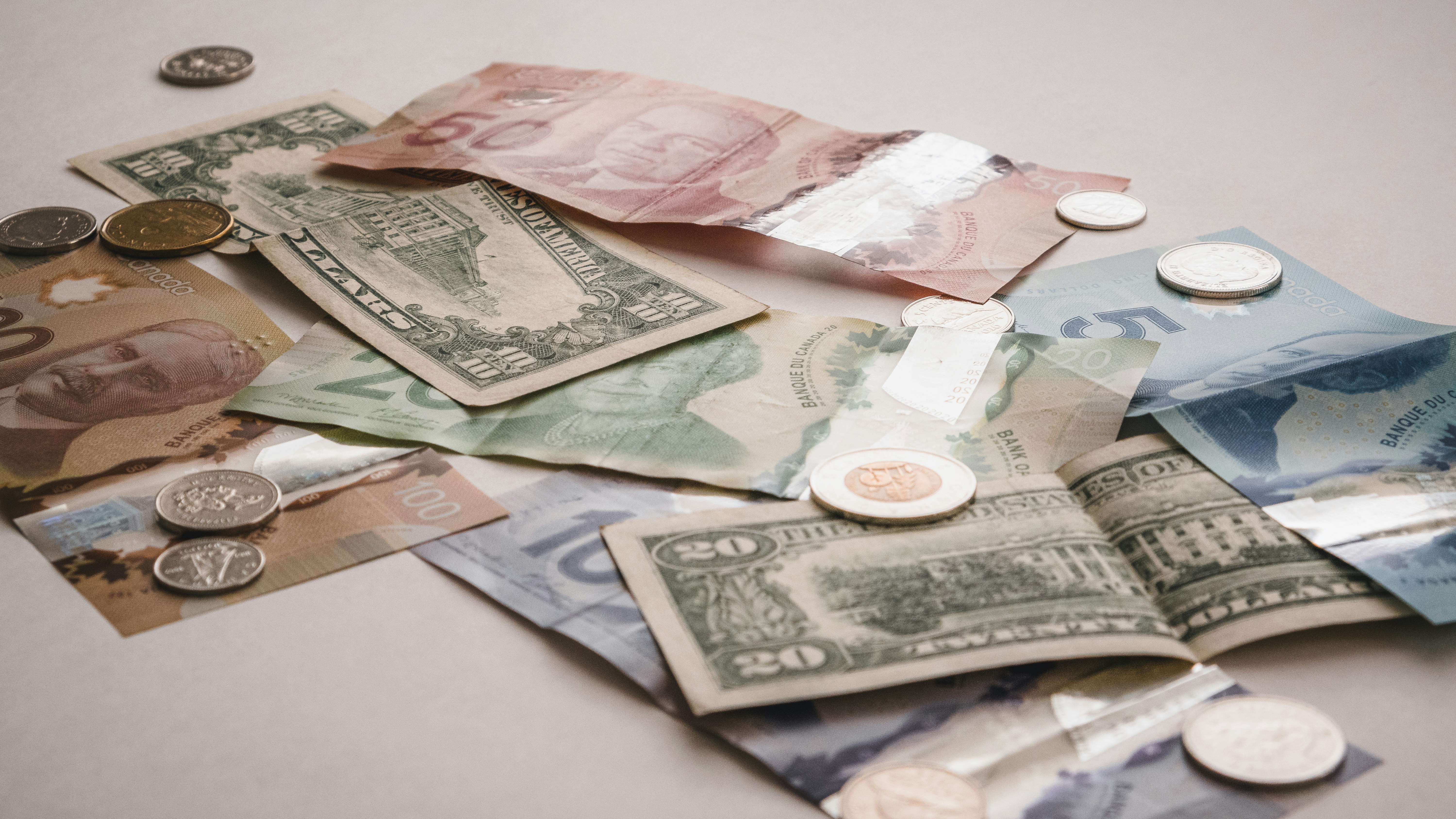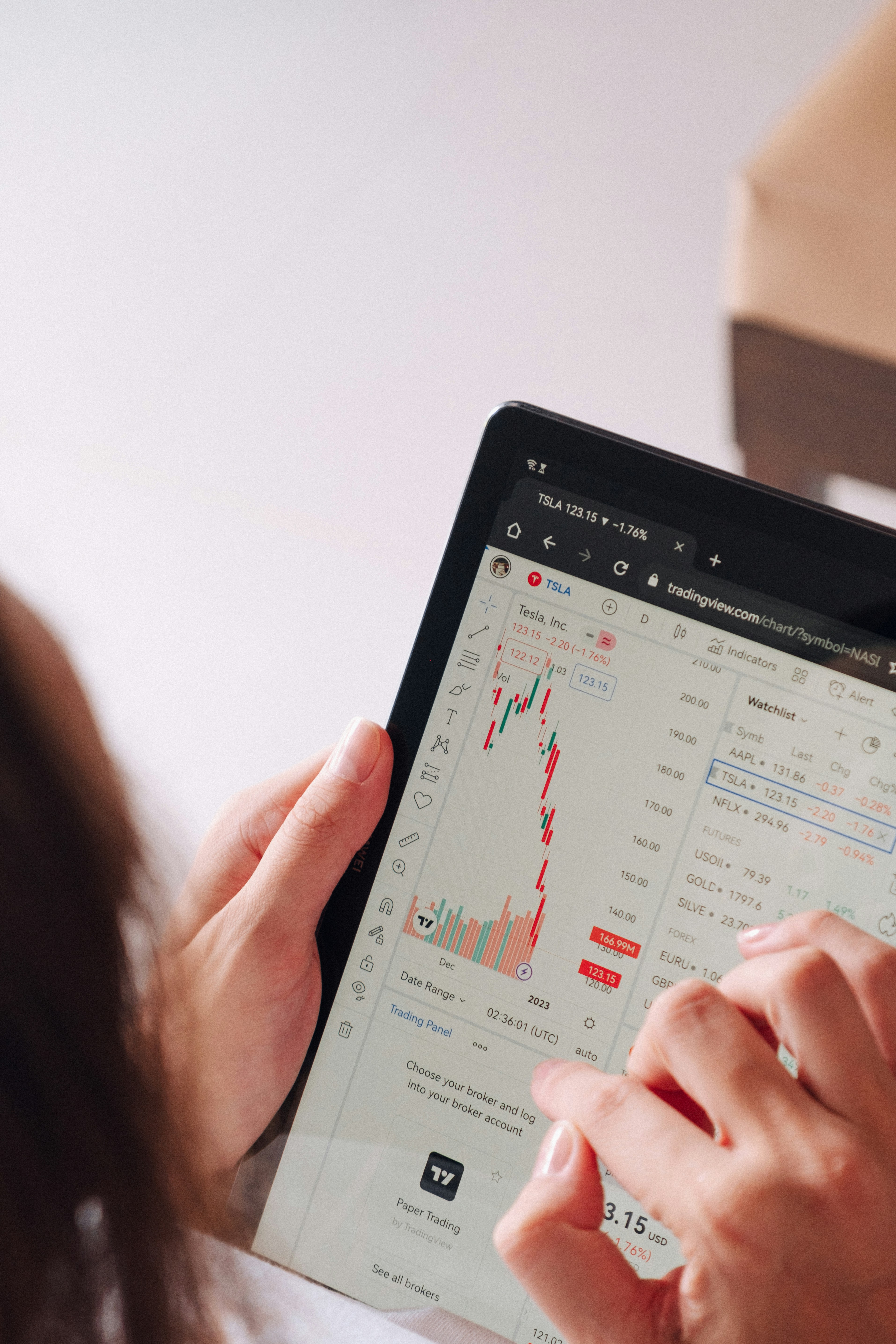How can you diversify your investment portfolio between forex and real estate? Read on to understand why this is important.

It may be a cliche, but the saying, "Never put all your eggs in one basket," is the cornerstone of investing. Even with the substantial monetary potential of investments, there is always a chance of losing money. Diversification is a simple, tried-and-tested way to reduce this financial risk and sometimes be more profitable in the long run. The forex and real estate markets are among the assets investors can use to diversify their portfolios. After all, any form of property investing often requires foreign exchange. Let’s learn how these assets intertwine.

What Is Diversification?
Diversification refers to strategies that limit exposure to a single asset by combining unrelated distinct holdings in an investment portfolio. Think of diversification as using $100,000 to buy several cars instead of one. When one malfunctions, you will always have another for transport until that one works again. Even if, for whatever reason, it is beyond repairs, the driver's countless options mean they don't have to depend on that single vehicle. To track the progress and value of holdings like forex and real estate, tools like TradingView can be a useful charting platform due to the range of financial markets users can access.
The hope for any investor is for their trades to be profitable. Mixing the portfolio with several different assets increases the chances of high returns. So, when one market performs poorly, and another performs well in the portfolio, the gains of that asset (or those assets) can be significant enough to offset the losses of the declining assets.
Experts regard foreign currencies (also referred to as foreign exchange or forex) and real estate as considerable diversification assets. Although both markets are somewhat correlated, they don't always move in the same direction and pace.
Real estate is generally a 'slower-moving' and less liquid asset than currencies. Meanwhile, the former's substantial liquidity makes it a 'faster,' more short-term and speculative market. Hence, both instruments can complement each other well depending on the diversification strategy.
The challenge is picking the right investing channel, particularly with real estate, which remains a market with a higher barrier to entry. Meanwhile, forex is more accessible. Nonetheless, let's look at how these assets can relate to each other when diversified.
The Intricacies of Diversifying Between Foreign Currency and Real Estate
Investors interested in forex and real estate are those looking for a foreign rather than a local property market. So, a key element to consider is the exchange rates between one's local currency and that of the region with their desired property.
Investors may look at real estate in a country with a weaker currency than theirs. This would make purchasing property in that region cheaper. The 2016 Brexit period in the United Kingdom is a prime example. People rushed to the region due to the decline in the British pound to invest in real estate, which rose over time. Of course, an investor must consider the worst-case scenario if the prices don't increase. This is where they can diversify by looking for trading opportunities in the short term to benefit from any fluctuations related to the British pound or whichever currency the property is denominated in.
Owning tangible real estate isn't possible for most people. Fortunately, Real Estate Investment Trusts (REITs) don't require physical ownership.
Mortgage REITs are the most accessible, generating their from net interest margin (through lending to real estate owners) instead of rent. Understandably, these trusts are sensitive to interest rate changes, which is another way the worlds of forex and real estate collide. Investors would need to know the interest rate of the currency in which the REIT invests. For instance, if the rates for the US dollar are expected to decline for some time, this would affect the profitability of that REIT. So, rather than allocating all their funds to this trust, a portion can be directed towards 'carry trading' by buying a higher-interest currency or saving their funds in that currency against the dollar.
The Tools for Analyzing the Forex and Real Estate Markets

Successful diversification requires accessing the latest and most advanced data on platforms like TradingView. While this charting software only allows for trading currency or forex pairs, it's also an invaluable tool for understanding the real estate market.
Users can access information related to residential prices, REITs, real estate development companies, and house price indices across different regions, among other data. TradingView is advanced in trading forex, boasting charts, indicators, graphical objects, and other bells and whistles for traders to perform at their best.
The Interconnectedness of Forex and Real Estate
While forex and real estate appear to be siloed assets, they share some intriguing correlations based on interest rates, economic growth, and political stability. The inherent short-term, highly liquid structure of foreign exchange and the more long-term buy-and-hold nature of real estate make the two assets excellent diversifiers. Thus, it presents several unique potential investing opportunities despite the risks.
Comments